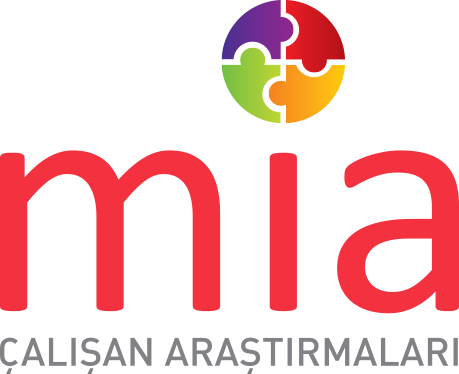Blog
CLICKETY CLICK, BARBA-TRICK!

Berna Özdemirkan
November 2016 – Brandmap:
Gen X may recall the cartoon Barbapapa family where the characters could shapeshift easily: “Clickety click, Barba-trick!” When it was too hot, the mother Barba would say “Clickety click, Barba-trick!” and she would turn into a fan to cool everyone. Nowadays, the companies in transformation stage have such false hopes that it is easy and convenient as in the cartoons. In this process they may expect a miracle transformation, ignoring the stakeholders’ opinion. Though the workforce takes the leading part in this process, their feedback is not included. Eventually, the number of companies disappointed in transformation stage has increased hugely.
Yes, this article is focused on “the employee side” of the transformation process. When studying at university, working at HR was my primary goal, however, having ended up in research industry, I said then “Employee Surveys” should be my area of expertise. So, for me, focusing on employee aspect in this transformation process is not merely a coincidence. Wherever you look, you will see people at the center; center of organizations, companies, families, communities, countries, and the world. And of course one of the main components of the companies is the workforce.
Unfortunately, most organizations/companies cannot make successful decisions to reach their goals as they do not dwell on the people factor. The companies entering the institutionalization process, do not pay attention to what the employees say or think about the current organization culture. They don’t notice the resistance towards transformation. This is why they fail. When things get out of hand, they seek consultation from experts at this area. However, it is crucial to get support from experienced teams in the beginning. Otherwise, your organizational reputation and hard-won employer brand start losing allies.
How should you proceed? First of all, it is crucial to evaluate how the current organizational culture is perceived by different levels. How can you take the right actions if you don’t know this difference between these levels? In such evaluation, the employees’ attitude towards transformation should be determined. There can be many differences between upper management’s and specialists’ perception of vision, strategy and goals. 4 main points stand out while evaluating the current organization culture. Whereas “Adaptability” and “Mission” are the externally facing criteria “Involvement” and “Consistency” are the internal topics to be questioned. Here, Mission (vision, strategy and objectives) and Consistency (coordination and integration, agreement, working principles and core values) need to be clarified and stable while “Adaptability” (organizational learning, consumer and customer focus, creating change) and “Involvement” (empowerment, team orientation, capability development) might require a more flexible approach.*
Looking at the discrepancies among different levels of workforce, the raw percentage data should be supported with further statistical analysis by means of considering the expectations and priorities of employees from different levels. Mission may be the vital issue for leaders whereas Consistency is the focal point of employee expectations. Therefore, those varying consideration must be taken into account for action plans.
Following the quantitative surveys to understand the organizational culture, you may arrange workshops with the employees from all levels and find out the reasons beneath the problems and different perceptions. Thus, face to face conversations play a critical role to allow people to speak their minds freely. Those findings will pave the way for strategy meetings with the upper management who are the commanders of this transformation process. Such workshops aim to identify the actions to take in order to close the gap between the status quo and the target point.
The top management takes the transformation decisions and the information gathered via these methods enable the process to run a healthy and timely course. In other words, in a “Clickety click, Barba-trick!” fashion. There is one very strategic point that should never be missed: After the data, information and the insights are collected in a bottom to top manner and processed into plan a certain strategy, a healthy top to bottom communication should be provided. This is a challenging journey. You need to be prepared and take one step at a time. If you go as the Turks do and try to put your herd together on the way to the meadow, by the time your reach it, there might not be any herd left.
Let’s conclude by highlighting some of the employee expectations:
– The actions to be future proof and long-termed, not temporary.
– The company vision to be internalized, conveyed to the employees precisely, and create excitement.
– All the directors to act in a manner that reflects common working principles and core values.
– Transformations and innovations to enrich the employees’ life in addition to facilitating and improving the work processes.
– Employees to be asked for their opinion at decision making process.
….
*Source: Dennison Organizational Climate Model
